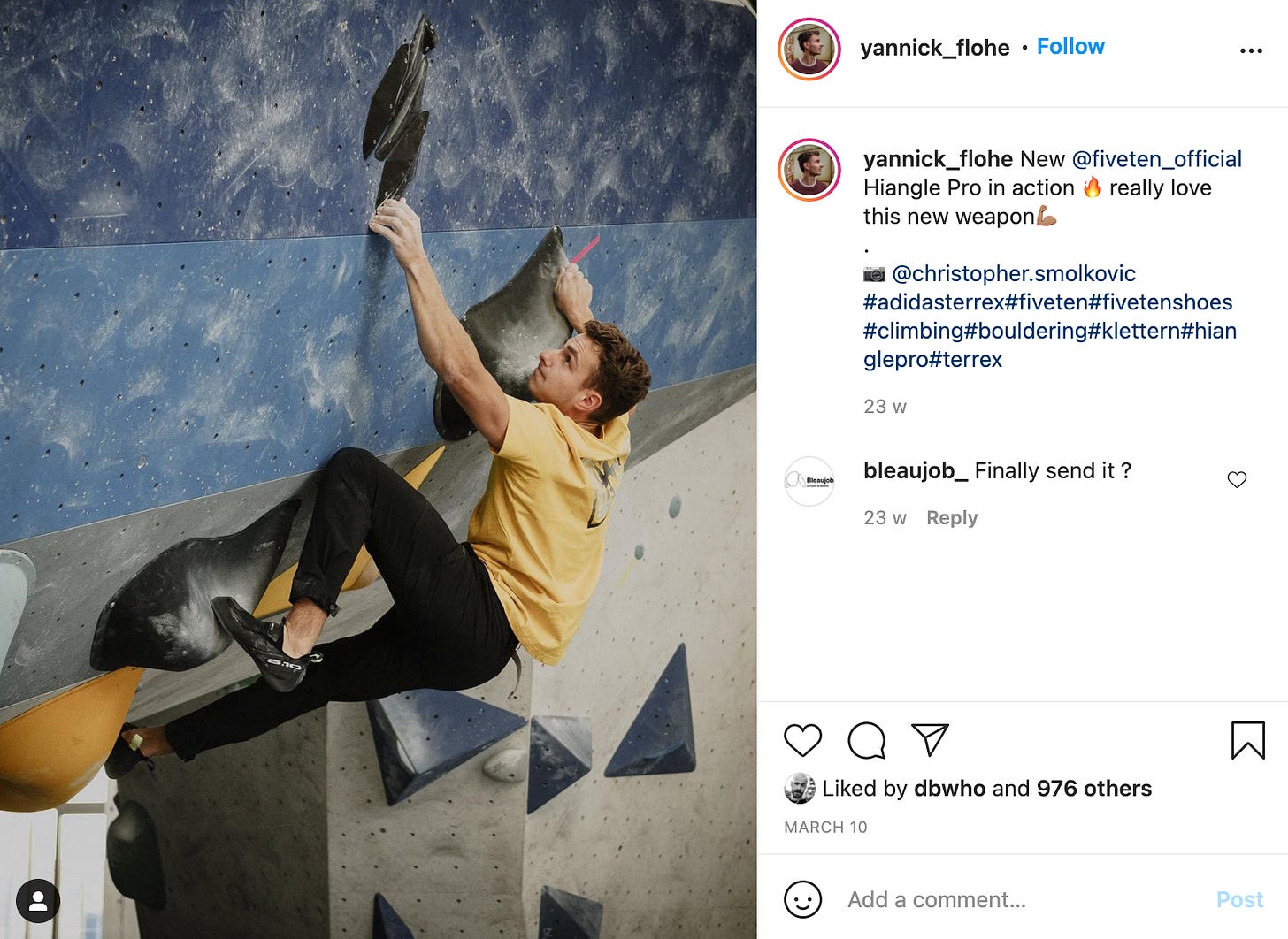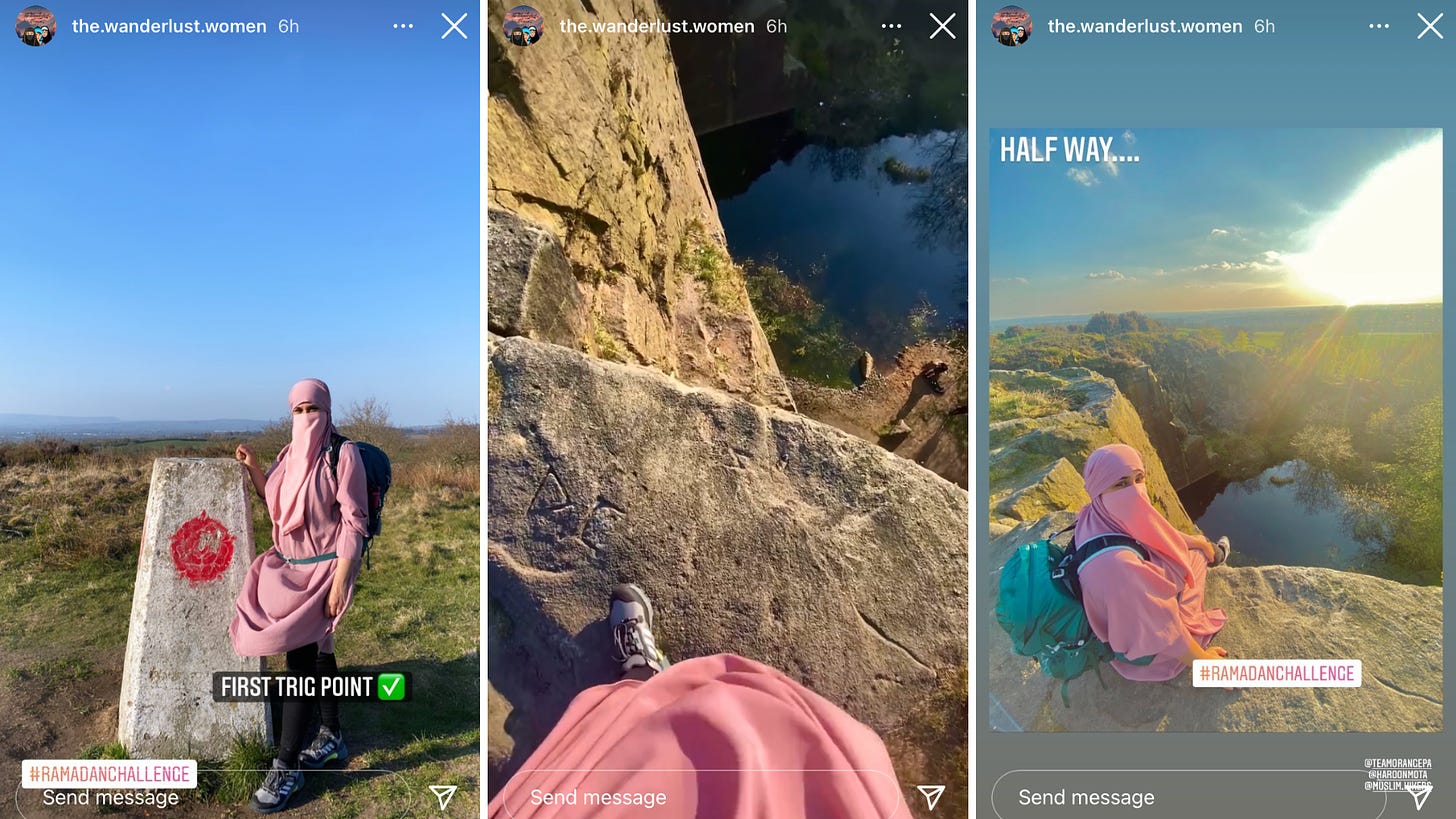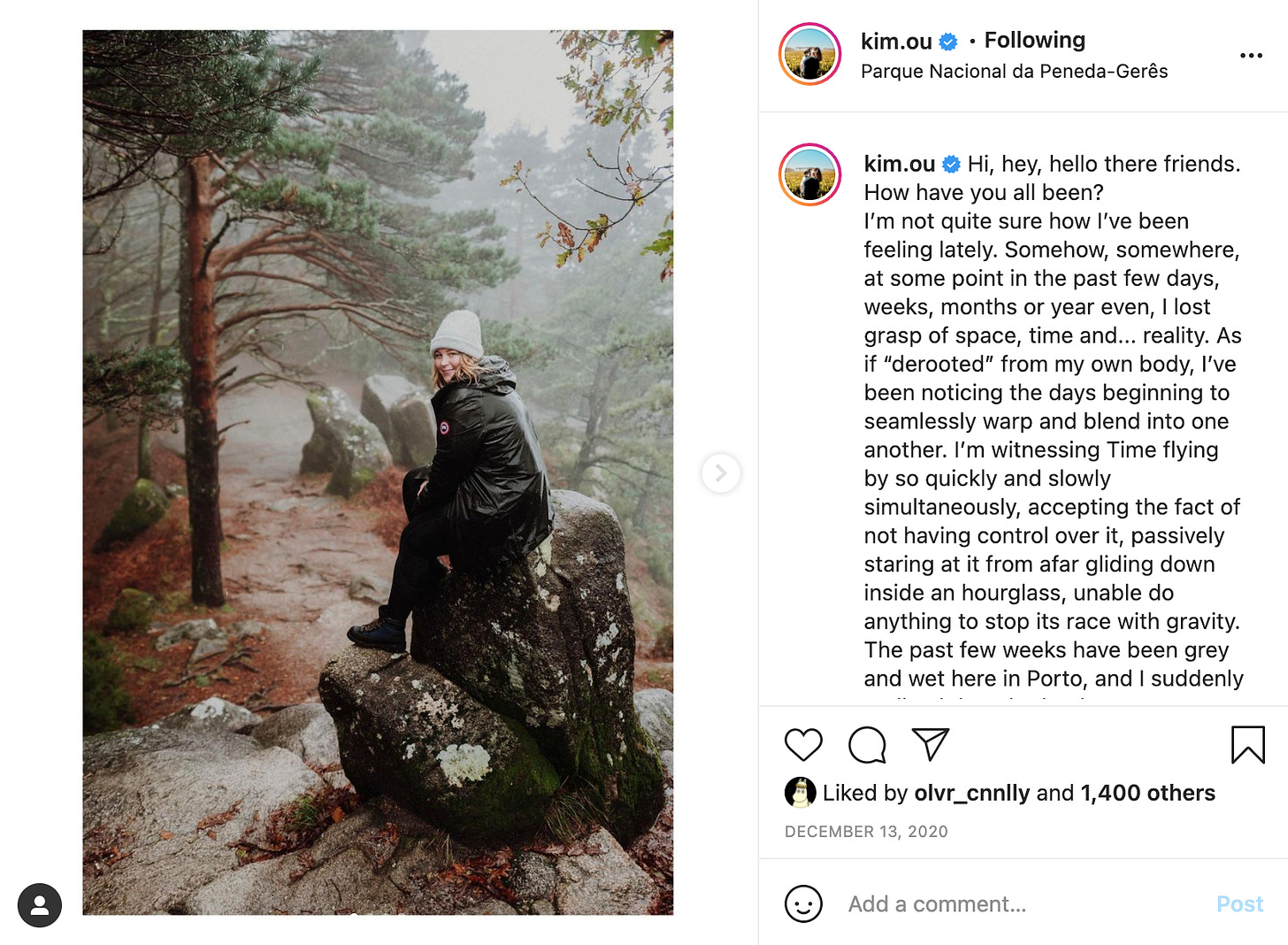10 Things I’ve Learned About Working With Athletes and Ambassadors
1. This is nothing new
Outdoor brands have been working with athletes and brand ambassadors to tell stories and promote products since advertising began.
Why? Because athletes and ambassadors are hugely effective storytellers and protagonists as well as being some of the most authentic voices for the outdoor community.
Their feats and achievements make them natural authenticators; something which, when allied to a strong personality or image, make them very effective advocates, and ideal storytellers and protagonists for creative marketing campaigns.
NIAD launch SS21 // adidas Five Ten
2. But the game is changing
COVID-19 has forever changed sports marketing, with peak pandemic seeing a flood of Instagram lives, endless AMAs and not to mention the dreaded virtual events. This spike in social media usage saw sports brands turn to their athletes and ambassadors for increased cross-asset co-creation, leading to a fundamental shift in how they communicated online.
Audiences around the world were seeking out honest, personable, and educated recommendations. And with only 4%1 of active social media users trusting what influencers promote online, authentic and humble executions of campaigns were key.
3. You only have one shot
Athletes and brand ambassadors are busy people. They also tend to be naturally suspicious of people asking them to do anything that takes them further away from their key focus.
Usually, this means you’ll have only one chance to gain their trust and properly communicate your campaign idea to them.
The solution? Keep your requests simple and their role clear.
HIANGLE PRO SS21 // adidas Five Ten
4. Clarity is key
From the outset, keep it clear, digestible and free from any jargon or marketing buzzwords. CTAs and IGs? Forget it.
I’ve found the best way to ensure that an athlete or ambassador briefing is clear is to get a colleague or unsuspecting partner (sorry Soph!) who knows nothing about the campaign to read through the brief and get them to tell you what the ‘ask’ is. If they’re stumped, go back and make it clearer. Rinse and repeat until you have full buy in.
5. Be human
Even better, brief as if you’re talking to someone from the pub. If someone wouldn't get it after one pint, it’s probably too complicated.
Use human language, but be aware a level of respect is still required. So don’t be too personal or use slang, and avoid unrelated or complicated detail.
SS21 Hike Pack // adidas Outdoor global seeding
6. Be authentic
Sports stars aren’t actors and thus can’t always easily assume different roles.
So it is critical that you allow your athlete or ambassador to tell your story their own way.
So use their natural voice whenever possible. Their expressions are more relatable than yours, and are why you’re using them in the first place.
7. Be direct
All sports - particularly outdoor sports - are fast, simple and relatable to a wide array of people, but ultimately the campaign’s message should be simple to understand from both a consumer and athlete point of view.
Athletes don't have an interest in reading through layered messaging, marketing jargon and the clever innuendos of campaigns, so keep your messaging and requests short and simple to keep from getting lost in the details.
8. Let them be creative
Forced ideas stifle creativity.
Bringing and engaging with ambassadors or athletes at the initial creative stage ensures well rounded ideas that also don’t require buy-in.
To take this route in the creative process, you must have first developed a strong relationship with your athlete or ambassador. This is a really important step to ensure trust in the creative process.
Finally, craft the idea that puts your talent in the driving seat. Let them own the narrative, and the campaign will be more effective.
9. Think benefits not features
Whether the story is coming directly from an athlete or ambassador or not, it should always sound real and natural.
Products are the tool that connect superstar athletes and consumers. So it’s important to not just talk about how the products are made, but instead to communicate the feats the consumer can achieve with them. Make them feel like they can change the game, just like your athlete or ambassador.
Futurecraft.loop // adidas TERREX
10. Be part of something bigger
Link projects they have worked on in the past to tell a bigger narrative that aligns with the brands mission and values.
Athletes have the ability to inspire all ages. Remember this, and factor it into your campaign wherever you can to ensure inspiration for every level.
*Sources: YouGov (2019) Analysis of Honesty and Social Media / Mavrck (2020) Social Influencing in a Time of Social Distancing: The Impact of COVID-19 on the Influencer Marketing Industry.








